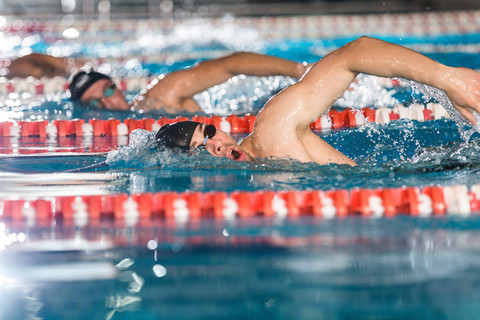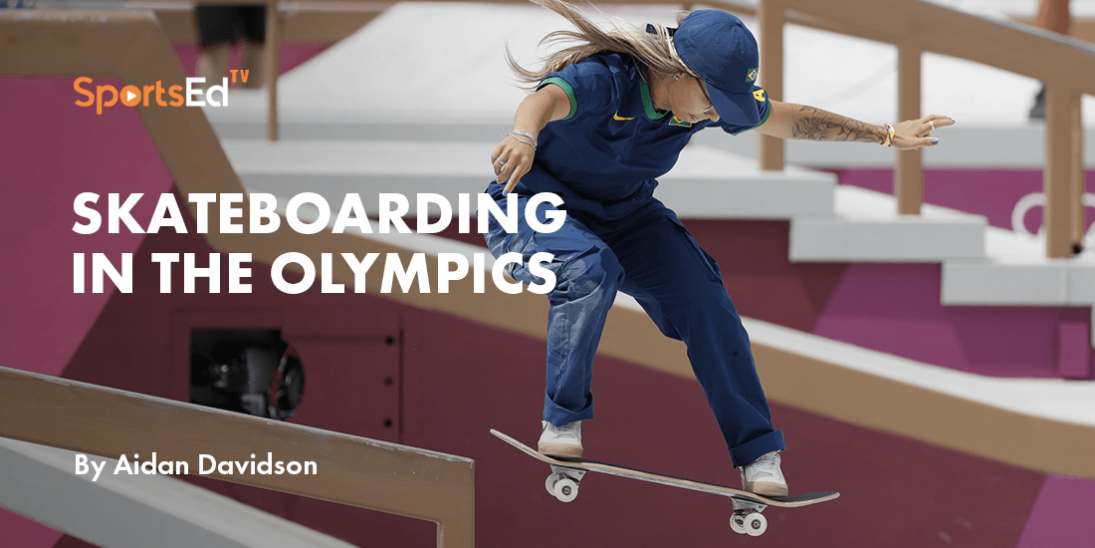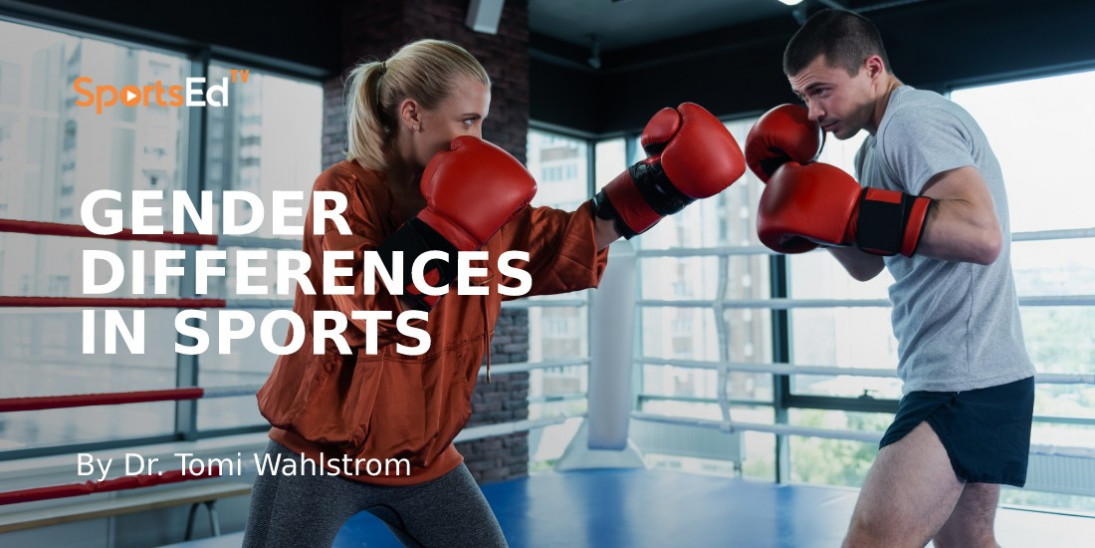Summer Olympics, Swimming
Welcome and thanks for visiting...

Swimming at the Summer Olympics
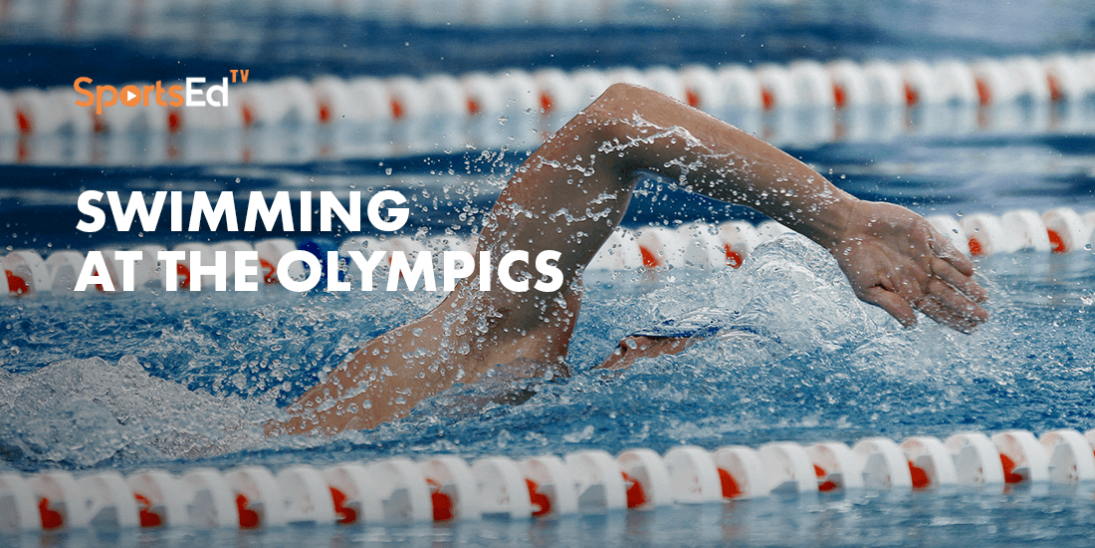
The Olympic Games every four years excite the sports world.
One of the most highly anticipated events is undoubtedly swimming. The Olympic swimming competition has a storied history, featuring some of the greatest athletes ever.
In this article, we will delve deep into the rich Olympic history of swimming, explore the rules and formats of the competitions, and discuss the qualification process.
Olympic History of Swimming
Swimming has been a part of the modern Olympic Games since their inception in 1896. The sport has evolved significantly since then, with various styles and distances being introduced over the years.
Today, Olympic swimming consists of four primary strokes: freestyle, backstroke, breaststroke, and butterfly. Each stroke showcases the incredible athleticism and grace of the world's top swimmers.
Notable moments in Olympic swimming history include the dominance of American swimmer Michael Phelps, who won an astonishing 23 gold medals throughout his Olympic career, making him the most decorated Olympian of all time.
In 2008, Phelps achieved an unprecedented feat by winning eight gold medals in a single Games, a record that still stands. Other legendary swimmers like Mark Spitz, Ian Thorpe, and Katie Ledecky have also left their mark on the sport's history.
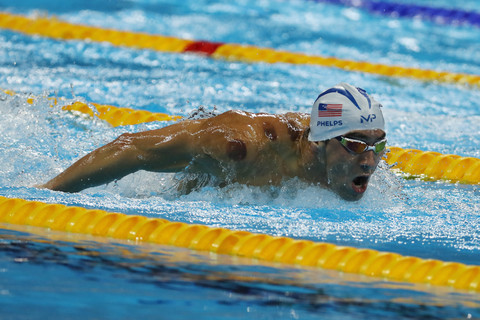
Swimming Rules and Formats
Strokes
In Olympic swimming, four primary strokes are used, each with distinct techniques:
Freestyle
Swimmers are free to choose any stroke style in this category, but freestyle is often front crawl.
Backstroke
Swimmers compete on their backs, using flutter kicks and alternating arm strokes.
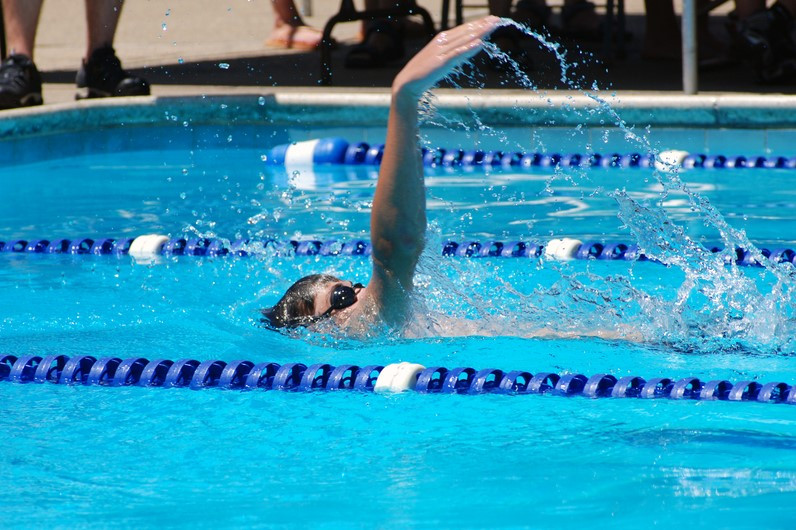
Breaststroke
Characterized by a frog-like kick and a simultaneous arm movement, with the head above water.
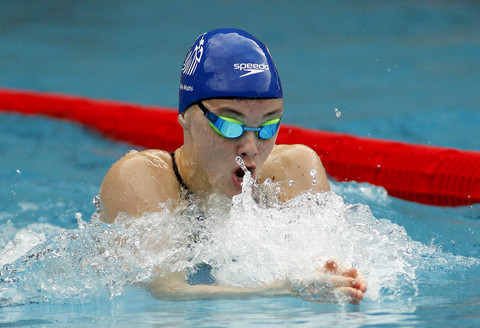
Butterfly
It is distinguished by a simultaneous arm motion and an undulating body movement resembling a dolphin kick.
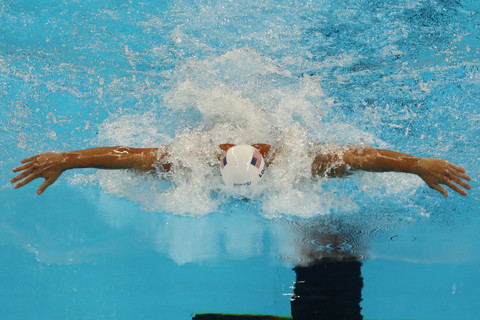
Events
Swimming at the 2024 Summer Olympics will feature a variety of events, showcasing both individual and relay races. The individual events will cover a broad range of distances for both men and women, offering spectators a thrilling mix of sprint and endurance races. The events include:
50m Freestyle: A lightning-fast sprint.
100m Freestyle: A dynamic race combining speed and endurance.
200m Freestyle: A balance between sprint and distance.
400m Freestyle: A challenging middle-distance event.
800m Freestyle (women) / 1500m Freestyle (men): The ultimate test of endurance.
100m Backstroke, 200m Backstroke: Backstroke races featuring swimmers on their backs.
100m Breaststroke, 200m Breaststroke: Breaststroke events characterized by a frog-like leg kick.
100m Butterfly, 200m Butterfly: Butterfly races, known for the unique simultaneous arm motion.
200m Individual Medley (IM): A combination of all four strokes in a specific order (butterfly, backstroke, breaststroke, freestyle).
400m Individual Medley (IM): An extended version of the IM demanding supreme versatility.
Relay Events
Relay events are equally thrilling and often feature dramatic finishes. These events include:
4x100m Freestyle Relay: Four swimmers in succession swimming freestyle.
4x200m Freestyle Relay: Similar to the 4x100m but with longer distances.
4x100m Medley Relay: A combination of all four strokes, with each swimmer specializing in one.
4x100m Mixed Medley Relay: A mixed-gender relay with a blend of strokes.
Pool Specifications
The competition will occur in a standard Olympic-sized pool, which measures 50 meters in length, 25 meters in width, and is at least two meters deep. The pool's water temperature is regulated to ensure optimal performance and safety for the athletes.
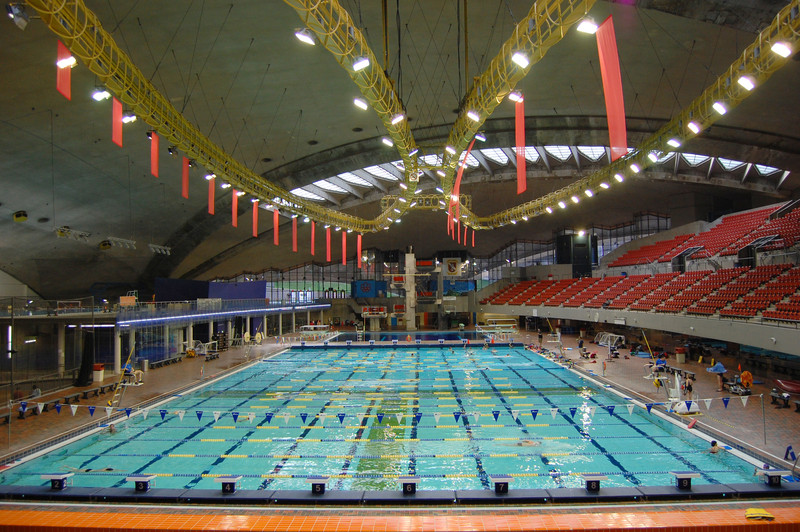
Starting and Finishing
Swimmers begin their races from a diving platform, utilizing starting blocks (the start for the backstroke is in the pool). They must dive into the water and swim the designated distance. Each race concludes when the swimmer touches the wall with any part of their body.
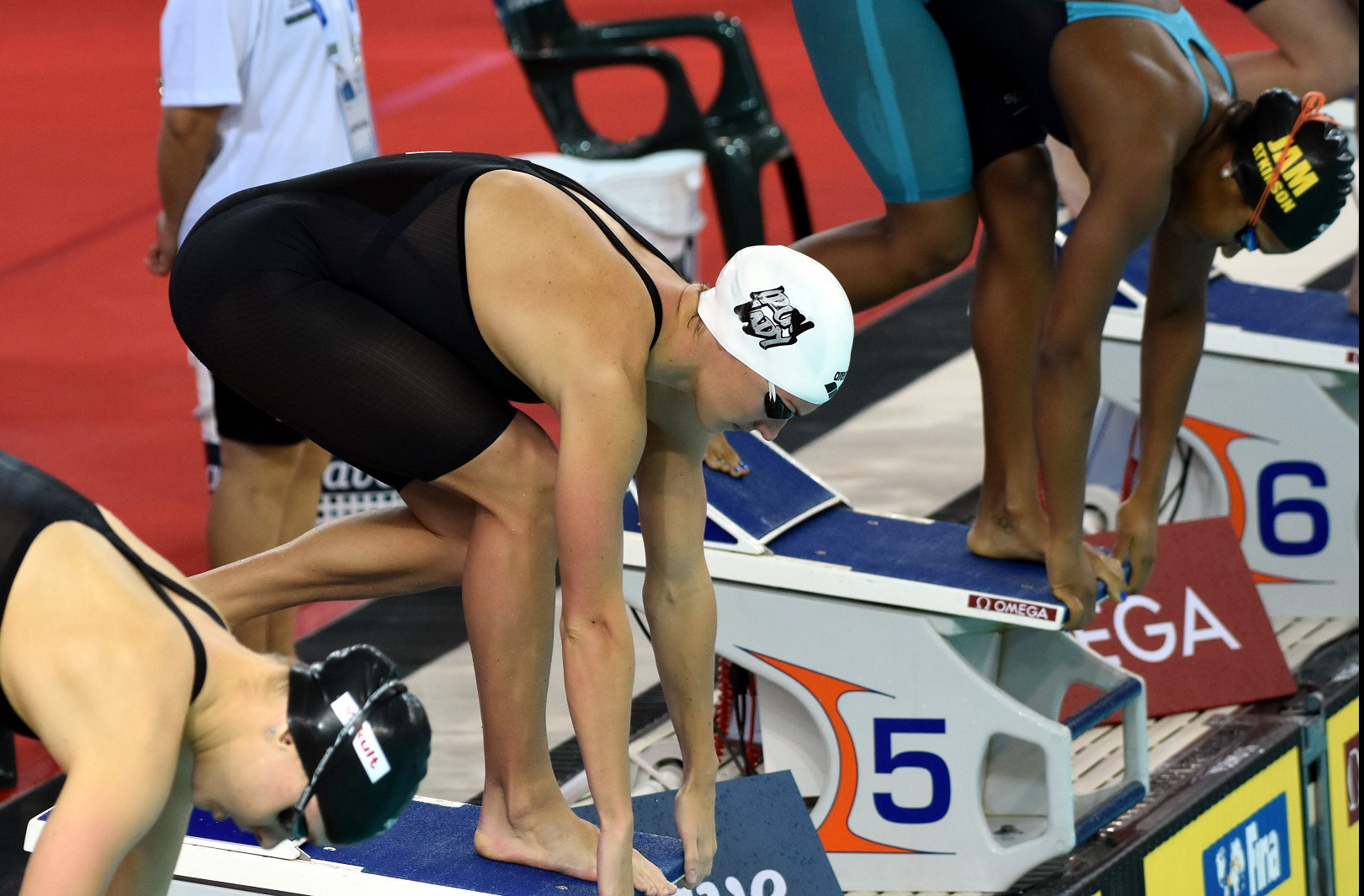
Turn Rules
During races, swimmers must execute proper turns when reaching the pool's walls. They are allowed to do a single underwater dolphin kick following the start and each turn before beginning the stroke. Failure to adhere to these rules can result in disqualification.
Qualification
To compete in the swimming events at the Olympics, athletes must meet strict qualification standards set by their respective national governing bodies and the International Swimming Federation (FINA). These standards typically require swimmers to achieve specific time standards in designated events.
Many countries also hold their own Olympic trials, where swimmers compete for a spot on their nation's Olympic team. These trials are highly competitive, as only the top athletes in each event secure a spot at the Games. Additionally, a limited number of swimmers may receive invitations based on their international rankings.
In Olympic swimming, the journey to the podium begins with the qualifying heats. Before the swimmers compete in the finals and semifinals, they must first navigate their way through these preliminary rounds. The qualifying heats are a crucial and highly competitive stage where athletes aim to secure a spot in the next round and, ultimately, the finals.
Heats Format
The qualifying heats are typically organized in a manner that allows for a large number of participants while ensuring fairness and competitiveness. Here's how the heats are generally structured:
Seeding: Swimmers are seeded based on their previous performance times. The fastest swimmers are often placed in the center lanes of the pool, which are considered advantageous due to their clear line of sight and less turbulent water.
Multiple Heats: Depending on the number of entries, there may be multiple heats for each event. These heats are typically labeled as "heats," "semifinals," or "preliminaries."
Advancement: In most cases, the top swimmers from each heat, as well as the next fastest swimmers overall, advance to the semifinals or finals. The exact number of swimmers who advance can vary based on the event and the number of heats.
Strategy and Performance
While the qualifying heats are not the finals, they are still critical. Swimmers use these heats to gauge their performance, adapt to pool conditions, and fine-tune their strategies for the next round. It's common to see swimmers conserving energy in the heat, especially with multiple events. However, they must also ensure they swim fast enough to secure a spot in the next round.
Semifinals and Finals
After successfully navigating the heats, swimmers move on to the semifinals and, ultimately, the finals. The field narrows further in the semifinals, with only the top-performing swimmers from the heats advancing. Finally, the finals feature the best of the best, where medals are won and Olympic dreams are realized.
The Drama of the Heats
The qualifying heats offer their own brand of drama and excitement. Surprises upsets, and breakthrough performances can occur as swimmers push themselves to their limits to secure their place in the next round. These heats also give fans a glimpse of the competition's depth and the potential for thrilling races in the days to come.
Recent Top Swimmers
The Summer Olympics are sure to feature a stellar lineup of swimming talent. While it's impossible to predict with certainty who will stand atop the podium, a few contemporary names include:
Katie Ledecky (USA): A true legend in the sport, Ledecky has dominated the distance freestyle events, setting numerous world records.
Caeleb Dressel (USA): Following in the footsteps of Michael Phelps, Dressel has established himself as one of the world's top sprinters. His explosive speed and versatility in various strokes make him a formidable competitor.
Sarah Sjöström (Sweden): Sjöström is known for her prowess in the butterfly and freestyle events. She's a former Olympic champion and world record holder.
Ariarne Titmus (Australia): Titmus, also known as the "Terminator," gained fame by defeating American superstar Katie Ledecky in the 400m freestyle at the 2020 Olympics.
Kliment Kolesnikov (Russia): Kolesnikov is a rising star in backstroke and freestyle events. He's set multiple world records.
Emma McKeon (Australia): McKeon is a versatile swimmer with strengths in multiple strokes. She was one of the most successful athletes at the 2020 Olympics.
Swimming at the Summer Olympics is always a thrilling spectacle, with athletes like these from around the world striving for excellence in the pool.
With a rich Olympic history, strict rules and formats, a rigorous qualification process, and a roster of exceptional talent, swimming is one of the most captivating and highly anticipated sports at the Games.


